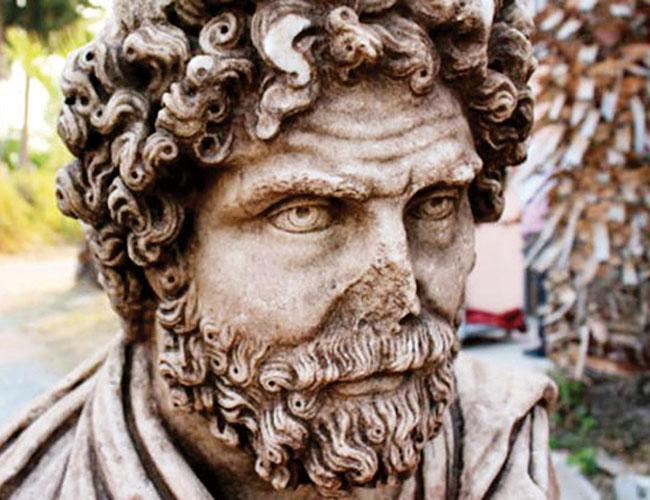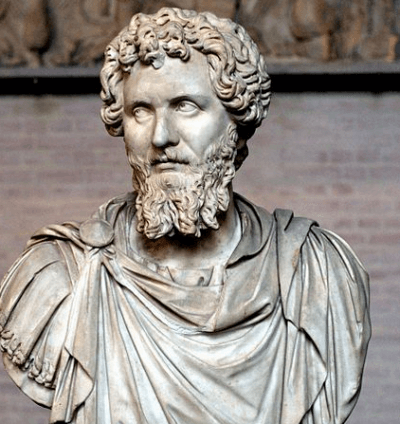In a remarkable archaeological breakthrough, a stunning 1,700-year-old Roman marble bust has been unearthed during excavations in the ancient city of Soli Pompeiopolis, located in the southern province of Mersin, Turkey. This extraordinary discovery has captivated the attention of historians, art enthusiasts, and the global archaeological community.
The newly discovered portrait bust, described by the excavation team as a “wonder of art,” is believed to depict a Roman aristocrat or commander who lived in the ancient city at the end of the 2nd century or the beginning of the 3rd century. The striking 82-cm-long and 60-cm-wide sculpture showcases the remarkable artistic and technical prowess of Roman sculptors during the Severan Dynasty, which ruled the Roman Empire from 193 to 235 AD.
Uncovering the Treasures of Soli Pompeiopolis

The excavations in the ancient city of Soli Pompeiopolis have been a treasure trove of archaeological wonders, shedding light on the rich history and significance of this once-thriving urban center. Alongside the captivating Roman bust, the team has unearthed a wealth of other artifacts, including statues of gods, streets lined with columns featuring busts of emperors and senior managers, as well as the discovery of a theater, a Roman bath, the city’s harbor, and an aqueduct.
These remarkable findings have provided invaluable insights into the cultural, economic, and political landscape of Soli Pompeiopolis during the Roman era. The city’s strategic location as a thriving port and hub of trade and commerce has been clearly evidenced by the excavations, underscoring its importance within the broader context of the Roman Empire.
A Glimpse into the Past
The ancient city of Soli Pompeiopolis has a rich and varied history, with evidence of human settlements dating back to the Neolithic period, as well as the Hellenistic and Roman eras. The newly discovered portrait bust is a testament to the artistic and cultural achievements of the Roman Empire during the Severan Dynasty, a period marked by significant political and social changes.
The technical style of the sculpture, characterized by the bearded man’s stern expression and the distinctive features of the Antonine Dynasty (96 AD to 192 AD), demonstrates the skilled craftsmanship of Roman sculptors. However, archaeologists believe that the portrait bust was likely created during the Severan Dynasty, when Roman artists often drew inspiration from the techniques and styles of the Antonine period.
A Masterpiece of Roman Sculpture
The 1,700-year-old Roman bust discovered in Soli Pompeiopolis is a true masterpiece of ancient art. The level of detail and craftsmanship is truly remarkable, with the sculptor capturing the sitter’s distinct features and commanding presence. The bust’s impressive size and scale further underscore the significance of this extraordinary find.
The discovery of this Roman portrait bust not only provides a tangible link to the past but also offers a unique window into the artistic and cultural achievements of the Roman Empire during a pivotal period in its history. As the excavations continue, scholars and art enthusiasts alike eagerly await the opportunity to study this remarkable artifact and uncover the stories it has to tell.

The Significance of Soli Pompeiopolis
The ancient city of Soli Pompeiopolis was once a thriving port and an essential hub of trade and commerce in the region. The excavations have revealed the remains of the city’s main road, which led from the northern gate to the port, and the 41 columns that still stand along this route are a testament to the city’s former grandeur and significance.
The wealth of artifacts and architectural remains uncovered at the site have already provided valuable insights into the rich history and cultural heritage of Soli Pompeiopolis. As the excavations continue, archaeologists believe that this ancient city will receive increasing attention and recognition, much like the renowned archaeological site of Ephesus in western Turkey.
A Promising Future for Soli Pompeiopolis
The discovery of the 1,700-year-old Roman bust in Soli Pompeiopolis is a remarkable achievement that sheds light on the artistic and cultural accomplishments of the Roman Empire during the Severan Dynasty. This find, along with the numerous other artifacts uncovered at the site, underscores the immense historical and archaeological significance of this ancient city.
As the excavations continue, the ancient city of Soli Pompeiopolis is poised to become a major focal point for scholars and tourists alike, offering a glimpse into the past and a promise of further discoveries yet to come. The wealth of information and insights that can be gleaned from this remarkable site will undoubtedly contribute to our understanding of the Roman Empire and the vibrant cultures that thrived within its borders.
